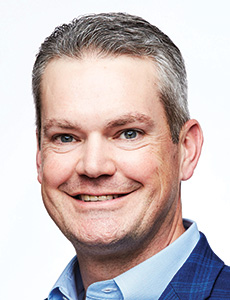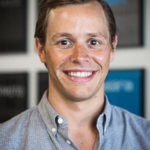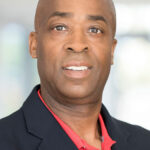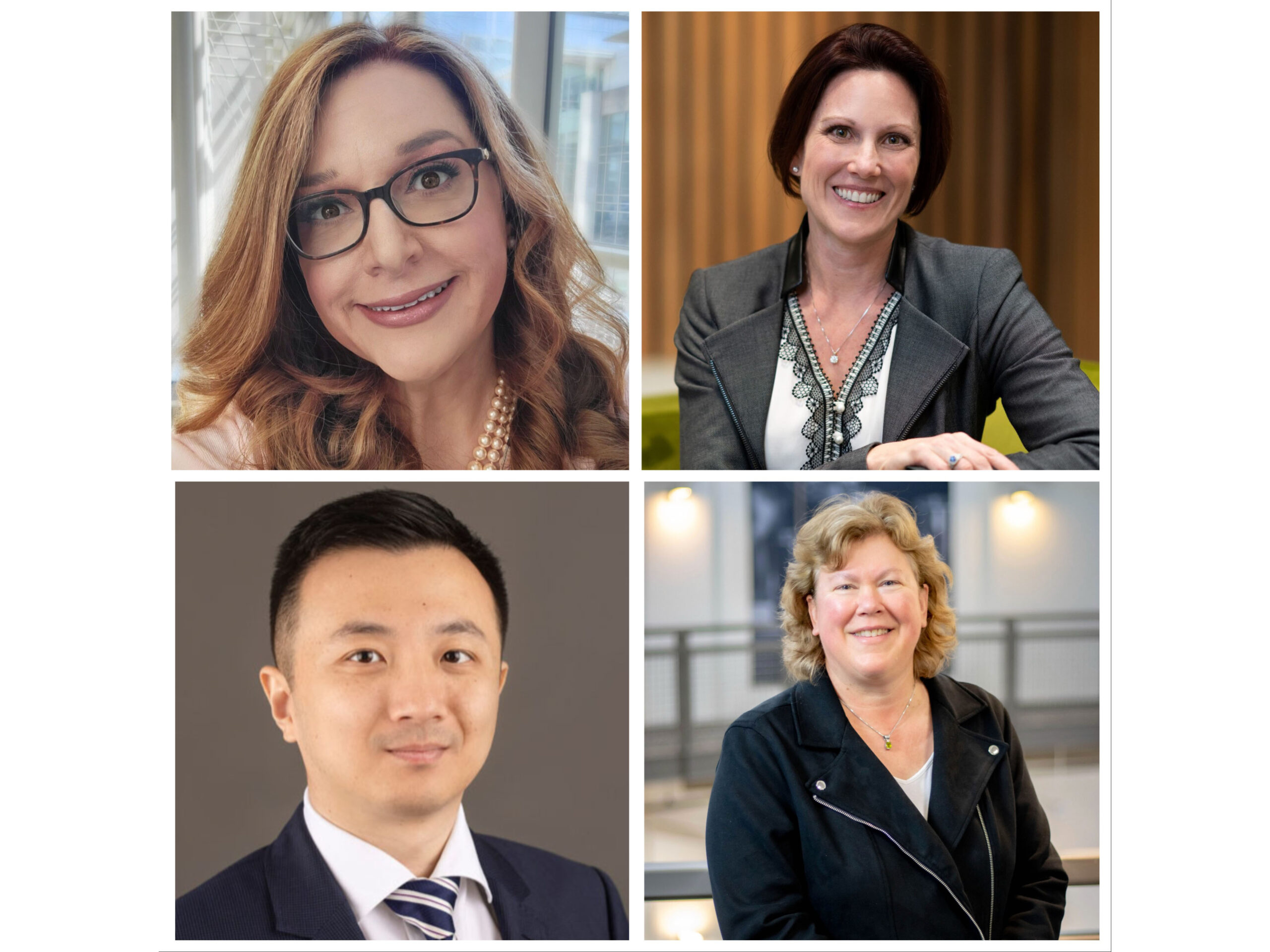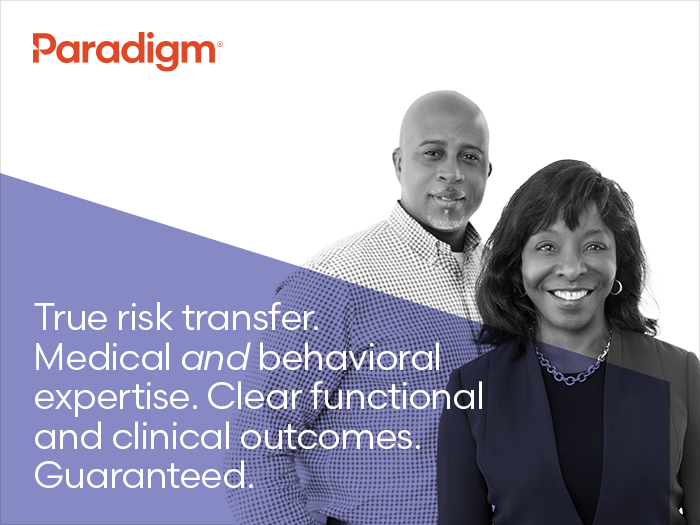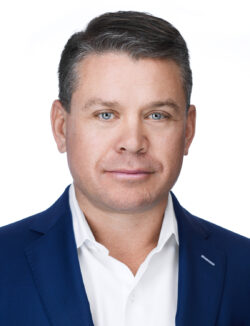It’s Grow Time: How the CPCU Society Leadership Thinks It Can Buck Insurance Demographic Trends

One of the baldest and easily disassembled misconceptions about the insurance industry is that it is staid and predictable.
Active practitioners know that to remain relevant, insurance companies and their risk management partners need to be flexible, forward-looking, creative and resilient. Let’s add to that inclusive, equitable and ethical, among other important traits.
What’s true for the insurance sector also applies to one its most longstanding professional societies. The CPCU Society was founded in 1944, originally envisioned and erected as a professional networking and development society for holders of the CPCU (Chartered Property/Casualty Underwriter) designation.
It behooves us to mention that both the CPCU Society and this magazine are affiliates of The Institutes, the insurance thought leadership and professional development nonprofit based in Malvern, Pa.
Throughout the years and decades, membership in the society was well-maintained as, reflecting organic global economic growth, the ranks of insurance industry professionals and CPCU designation holders naturally swelled.
But what worked in say, 1980, as many have discovered, doesn’t work anymore. Socio-economic changes have laid bare a stark reality. Hundreds of veteran insurance professionals, many of them CPCU holders and CPCU Society members, are now retiring annually.
It’s a given that the CPCU Society needs to find new ways to broaden its reach or risk falling to the wayside. With that in mind, Chris Hampshire, CPCU, the president of the society’s Global Leadership Council for 2022 and Spenser Villwock, its executive director, have brought out a new playbook and are moving forward with it.
“This is an action-oriented organization that is no longer resting on the laurels of a success that may have been organically a part of our DNA,” Villwock said.
“We’re proactively working to encourage professionals to become a part of the Society, to work on bettering and enriching their lives, as well as then bringing in other community members within their spheres of influence, other professionals that could benefit, and that could share to the benefit of others within our dialogues, all of our programs, all of our activities.”
Membership in the society currently stands at some 15,684 members, give or take a few dozen. The society’s staff and its leadership council have set a goal to increase that membership to 25,000 in the space of five years. It’s not the goal or spirit of this article to speculate on whether the Society will reach that goal.
We’re dedicating this print space instead to illuminate what Villwock, Hampshire and their associates think they can achieve for the society and its members, beyond simply an increased membership count, and how they can use their resources to aid an industry that is hard-pressed to recruit and retain talent.
In terms of specific, short-term goals for the society, Hampshire, a vice president with Gallagher Bassett, lays out three of them. “Number one, it’s growth, we’re looking to grow,” Hampshire said.
“We certainly are facing some headwinds, as everyone else is, with a lot of retirees among our membership. So we’re looking to retain those folks in what we call the post-career category. We’ve also created a new Pathways membership where industry professionals can join our community before they complete their designation,” Hampshire said.
“Number two is we’re focused on renewing employer support and reaching out to senior leaders in the industry. Along with the wave of overall retirements, there’s been a number of senior leaders who’ve left our industry.”
“We’ve got new folks coming in to help run companies who just aren’t from the industry. They’re from finance, consulting, technology, other fields. So we’re doing direct outreach to those folks to make sure that they’re aware of our value proposition,” he said.
“Number three, over the next 12 months, we think there’s a great opportunity for this to be the year of action. We’ve all been a little bit cooped up. We’ve all been doing things via video. We think there’s a great opportunity for the Society to get out there and be one of the leading organizations, in terms of bringing people back together through local meetings,” Hampshire said.
The Society held a Leadership Summit in Las Vegas in April and is planning its In2Risk Conference to be an in-person event in San Francisco from Nov. 10-12 this year.
Facing the Music
The need for the insurance industry to recruit and retain a diverse talent pool is well-documented. Estimates are that the sector faces a near-term shortfall of more than 400,000 positions.
Hampshire and Villwock believe that although those figures are daunting to many, they represent an opportunity for the Society and its members to use their knowledge base to step forward and grow into an organization that can help meet that need.
To do so, they know that they need to communicate to insurance professionals and insurance company leaders that the professional development opportunities offered by the Society can be an attractant; they can be one more selling point, if you will, to college graduates and others who are trying to decide which career path to take.
“That opportunity, as fraught with challenges as it may be, is to frame our value proposition of what we can mean to an individual’s future trajectory.” Villwock said.
Villwock admits that is not an easy task. He said the industry and the Society will have plenty of work to do to compete with other industries that are just as hungry for that talent.
That’s why Villwock and Hampshire, are appealing to the CPCU Society members to lock hands with them and get behind this effort. Relying on the Society’s leadership and its staff won’t be enough.
Traci Adedeji, CPCU, ARM, a member of the Society’s Leadership Council who also serves as PAIP underwriting manager for AIPSO, thinks the Society is on the right track in its approach to connecting with the next wave of insurance talent, but that of course, more can be done.
“We do a good job already with college students, but I think that there are opportunities to engage high school students and encourage them toward some of the excellent higher education programs focused on risk management and insurance,” she said.
“We must also highlight the fact that insurance and risk management are not monolithic and make the connection between other disciplines and our industry. There are opportunities to work in risk management and insurance for just about any area of interest someone might like to pursue,” she added.
Villwock believes this is a time for CPCU Society members, many of whom may be retired or close to retirement, to lean in and donate their time and energy to help the Society reach its growth and outreach goals. Those goals, by the way, include strengthening diversity and inclusion efforts in the Society and the industry it serves.
“Diversity, equity and inclusion is baked into our overall organizational philosophy,” Villwock said.
The Society has what it calls its IDEA committee. The acronym stands for Inclusion, Diversity, Equity and Awareness. It’s goal is to spread and sustain those principals throughout the Society. But that committee, along with every other part of the Society, will need its members behind it if it is going to succeed.
“It’s your Society as a member,” Villwock stressed. “Within that, I would challenge our members to be able to commit to bringing in a new friend, to introduce them to the benefits of being a part of the Society, to advocate for the future that we want to see for each one of us together within risk and insurance, and to be a stakeholder,” he added.
“My vision for the Society is that it evolve into an even more diverse and inclusive community,” Adedeji said.
“I see us being the “go to” for individual contributors who wish to grow and develop professionally. I see the Society engaged in close partnerships with organizations seeking talent and resources for their business operations,” she added.
“I imagine scenarios where customized training and education are a service we provide to those partners, and where those interactions grow the Society by inspiring participants to see the value of membership.” &

